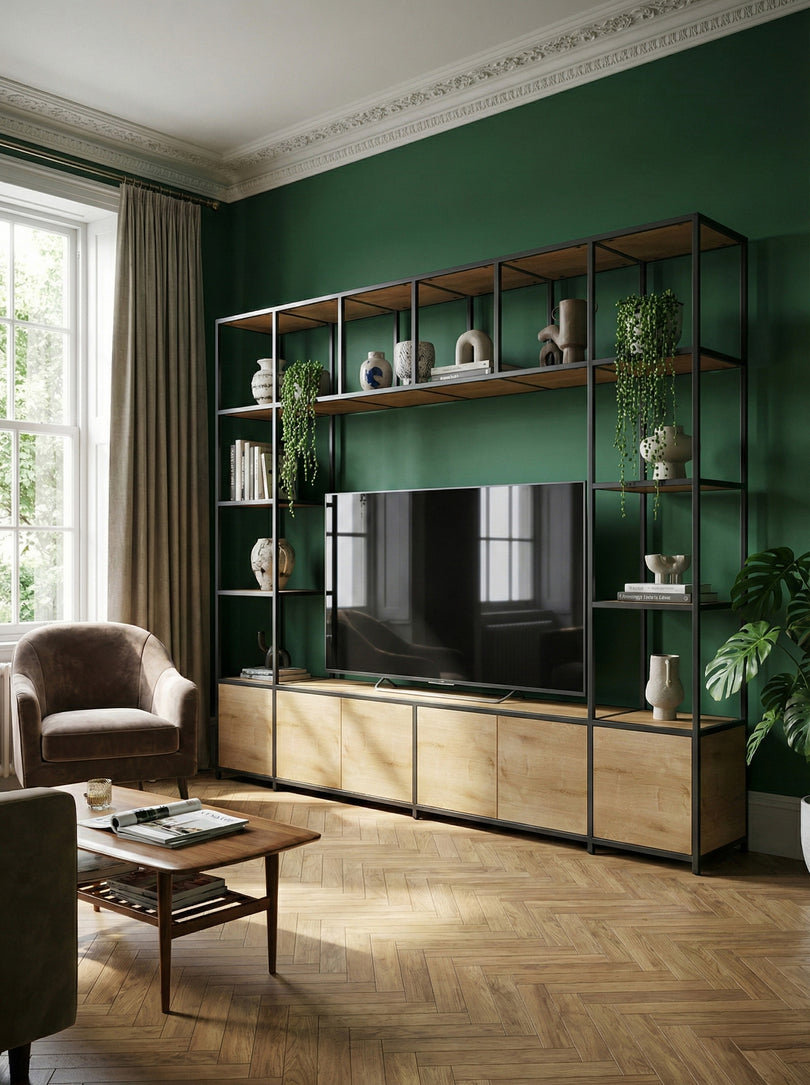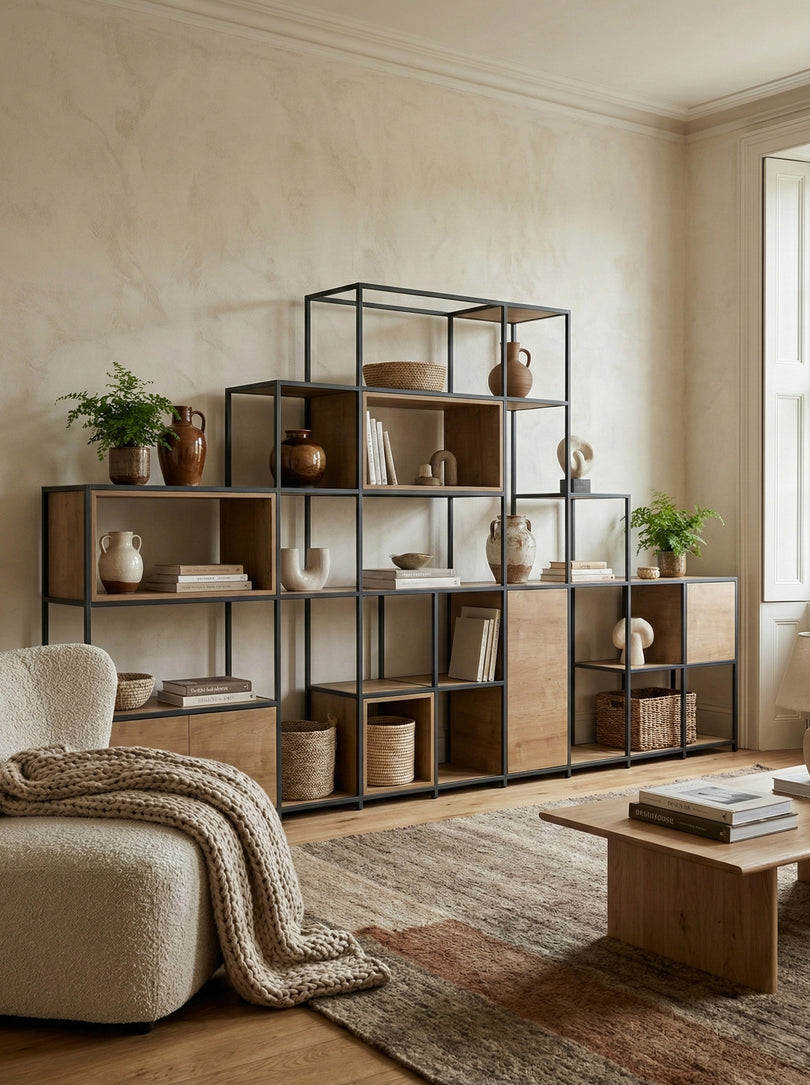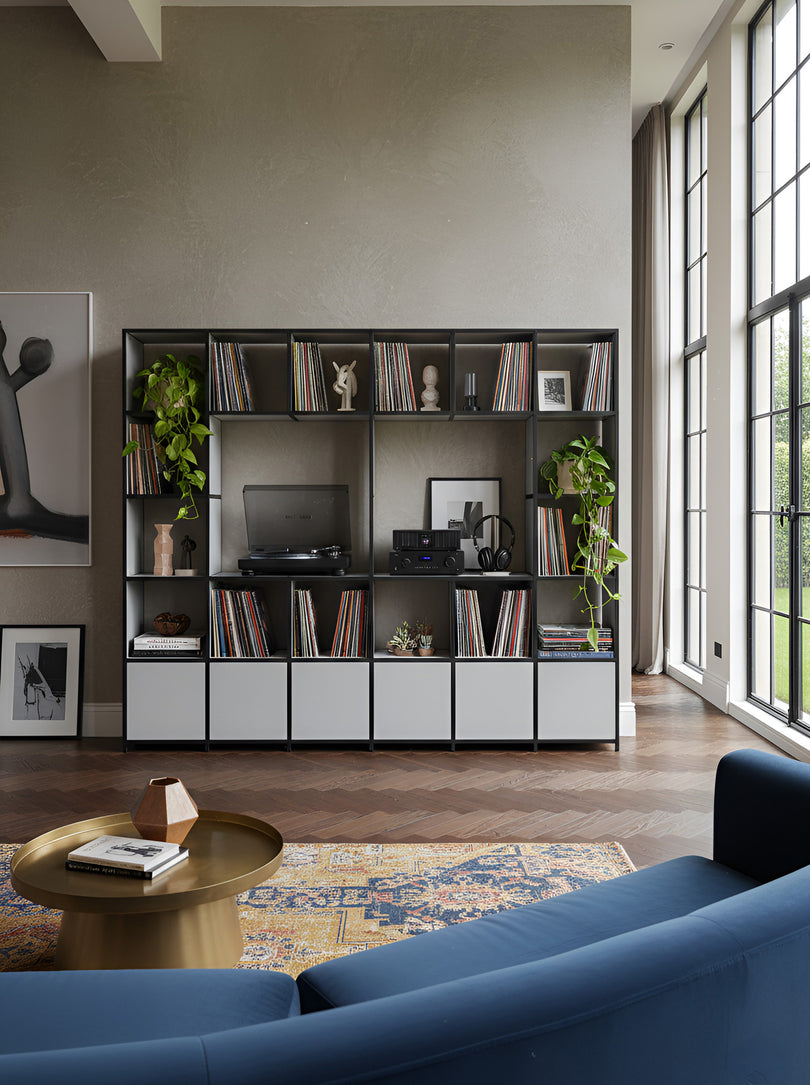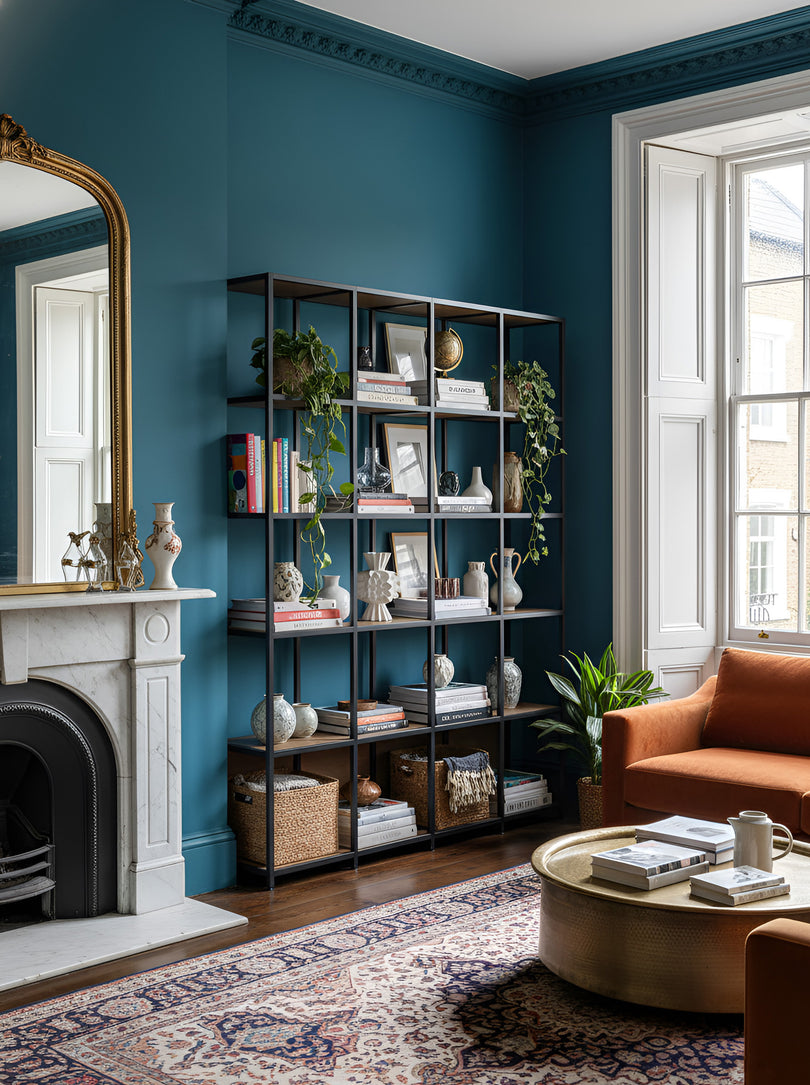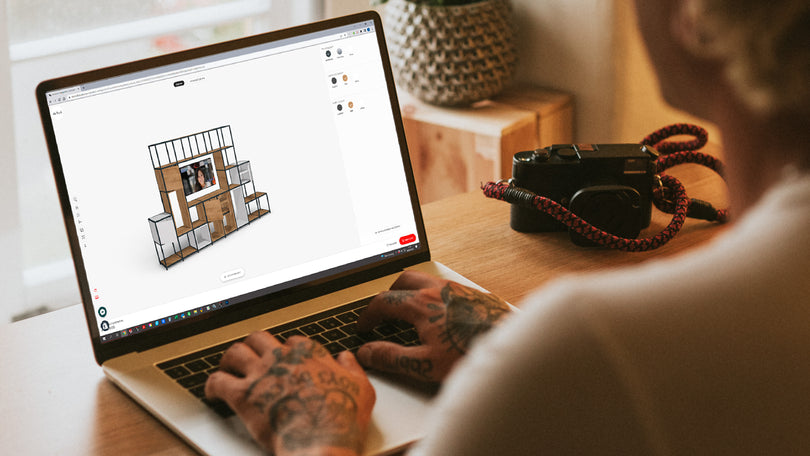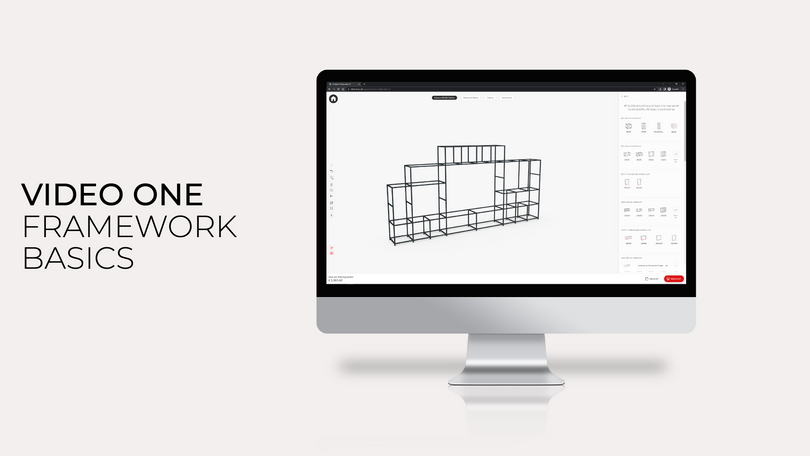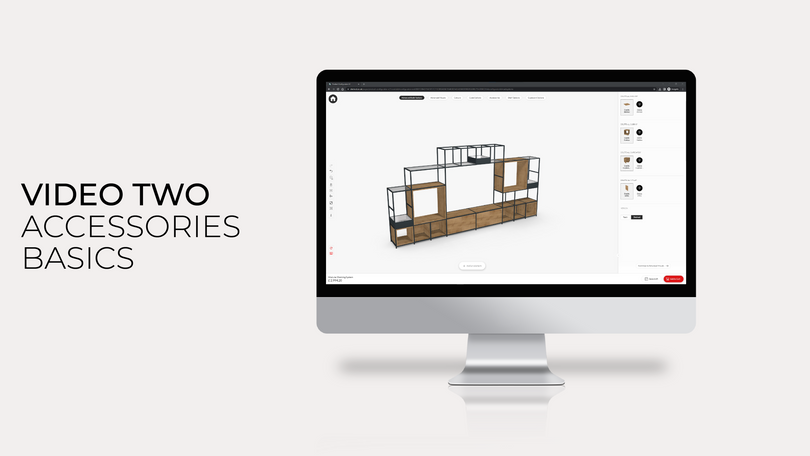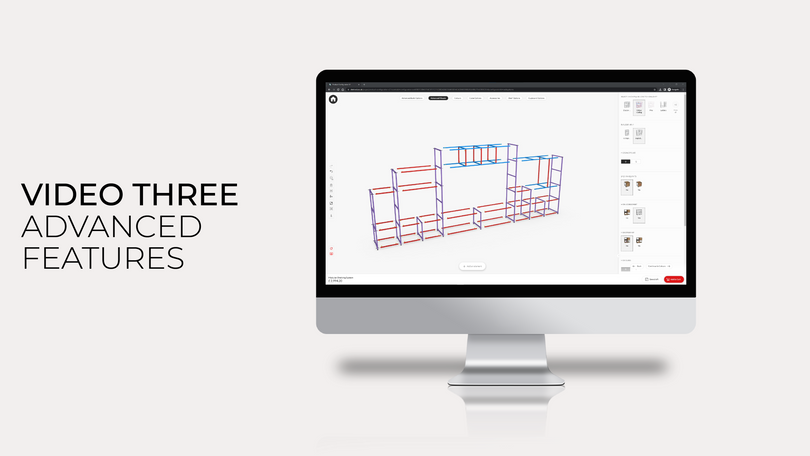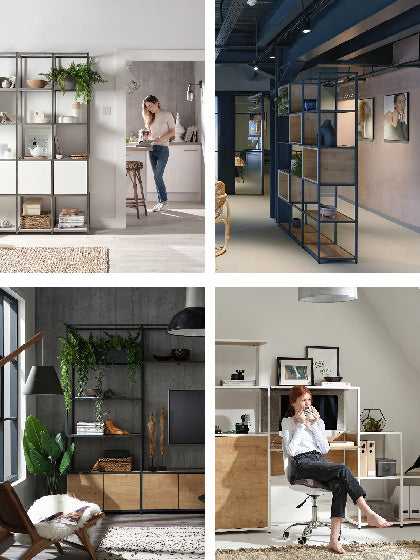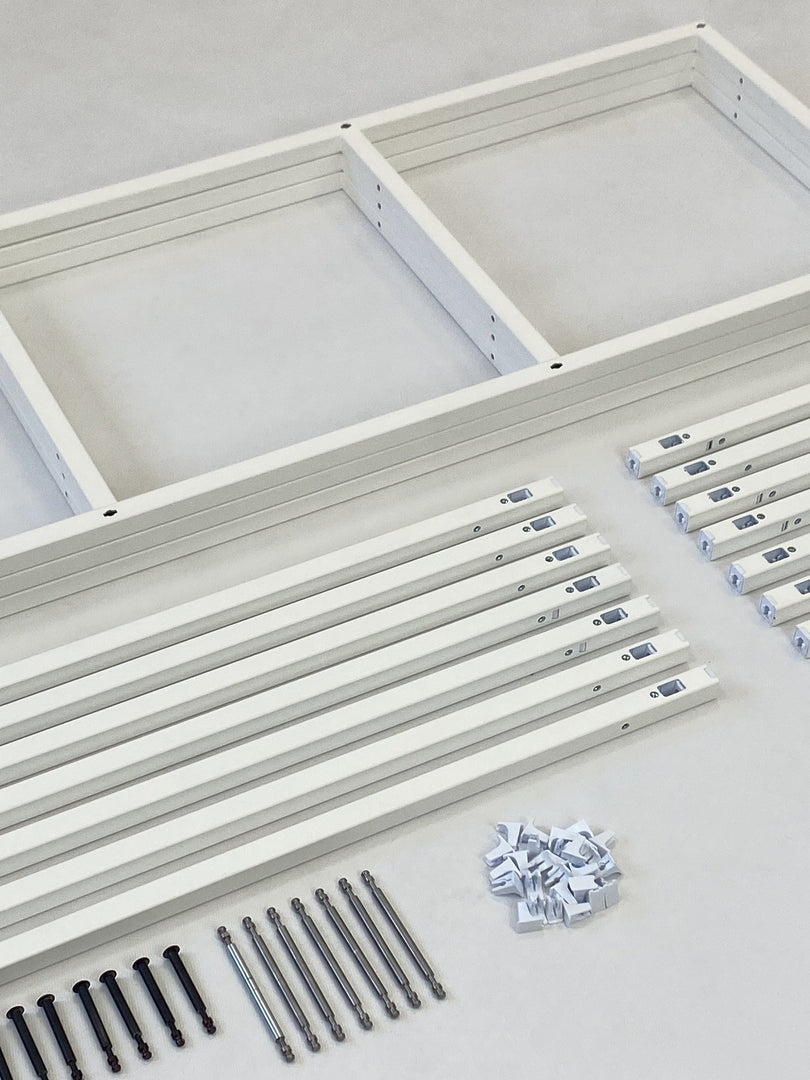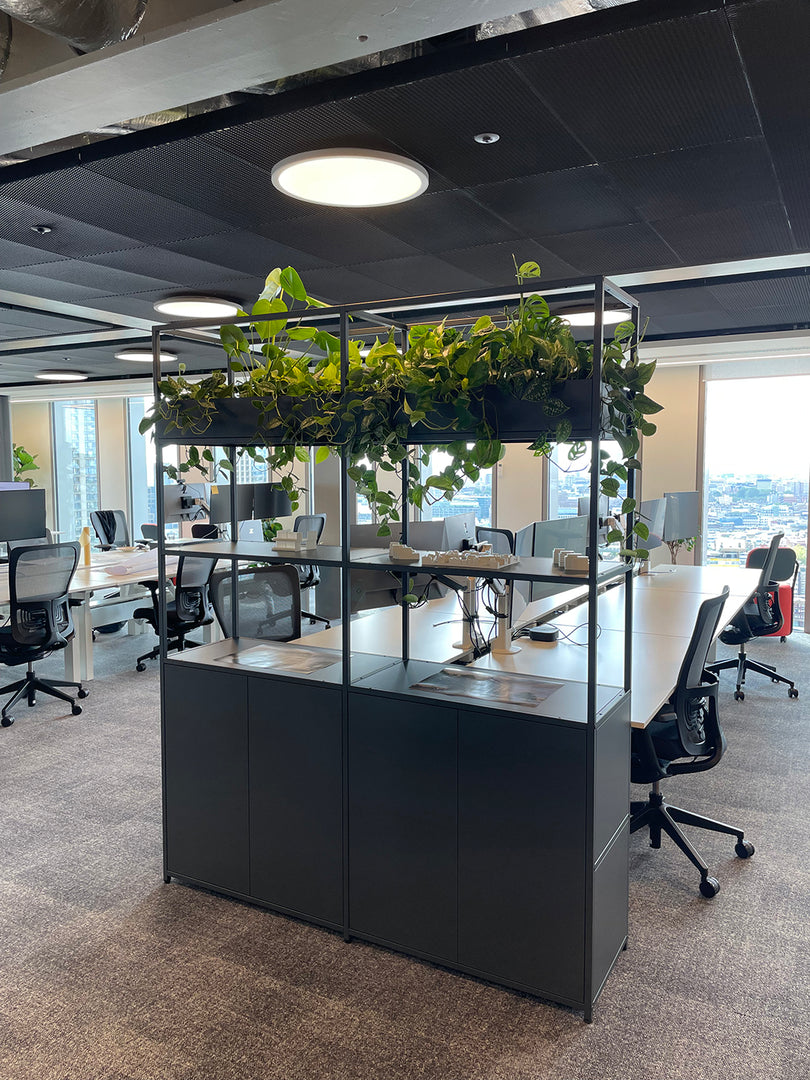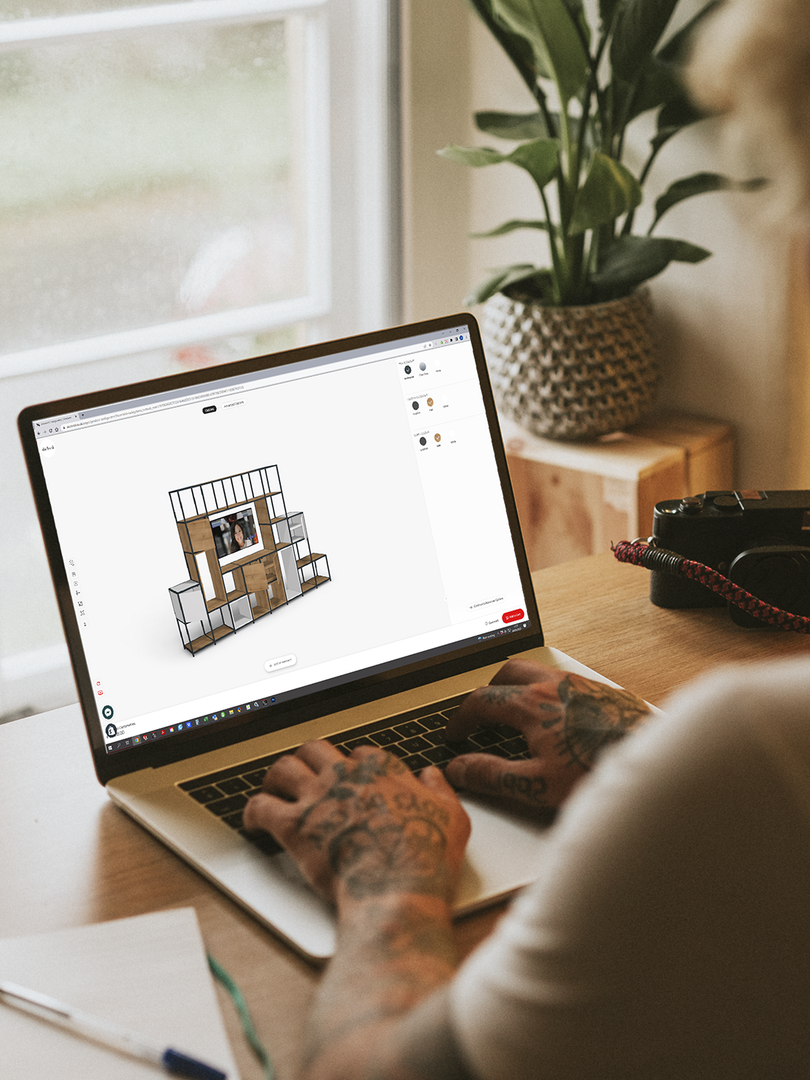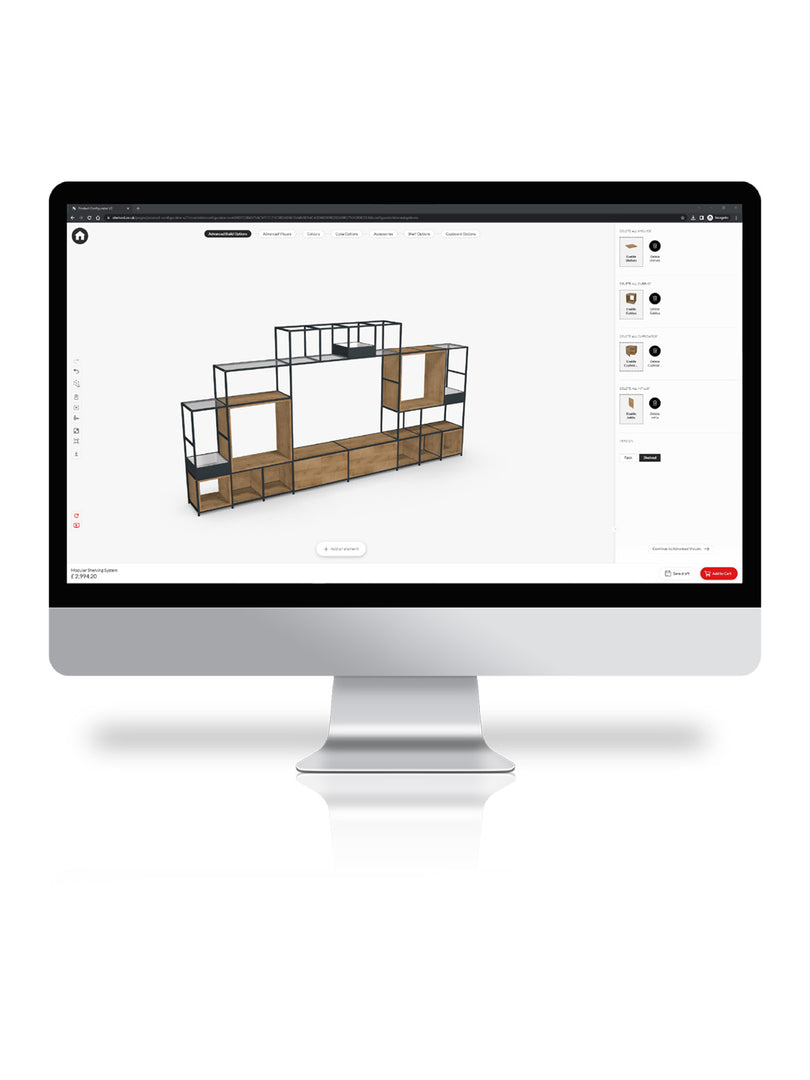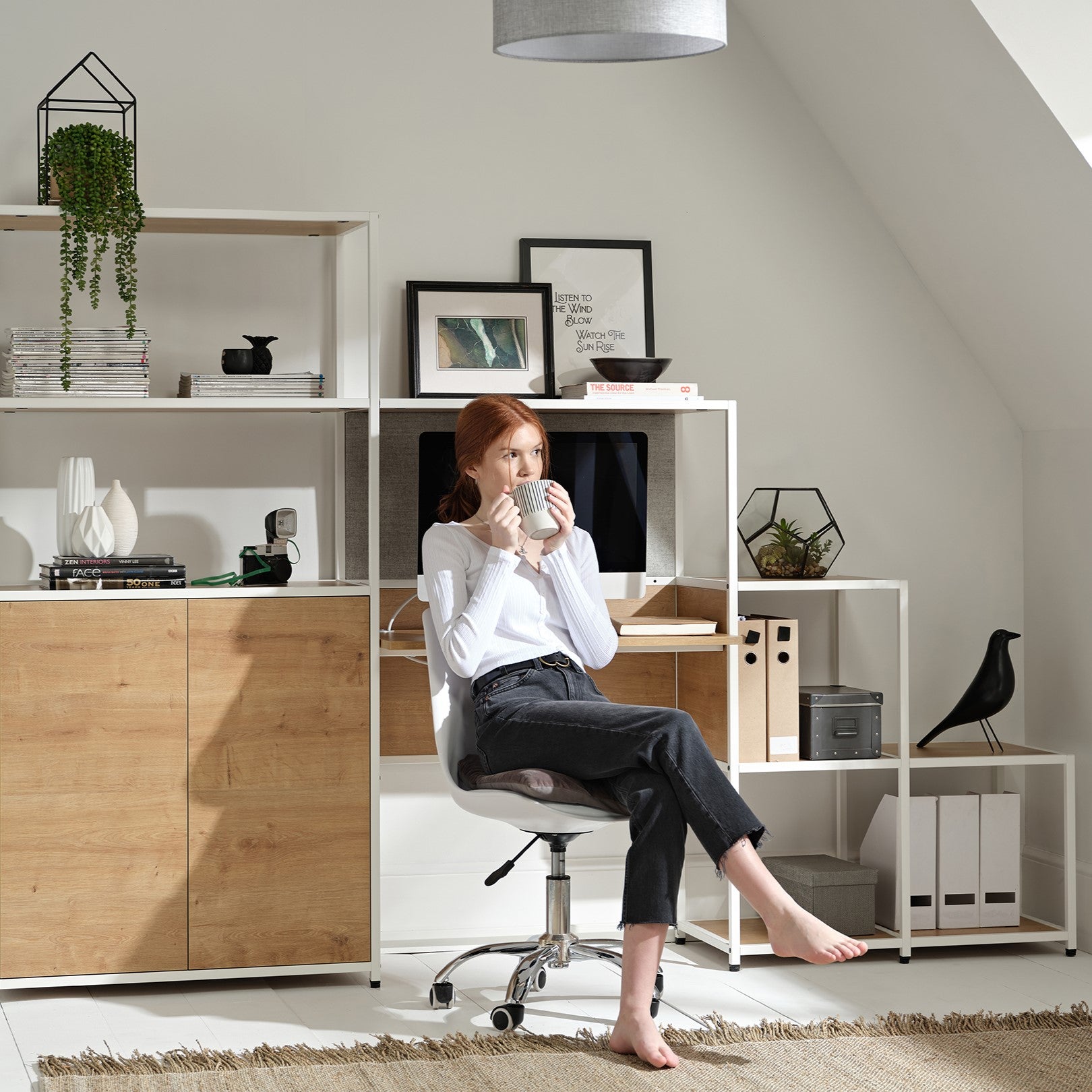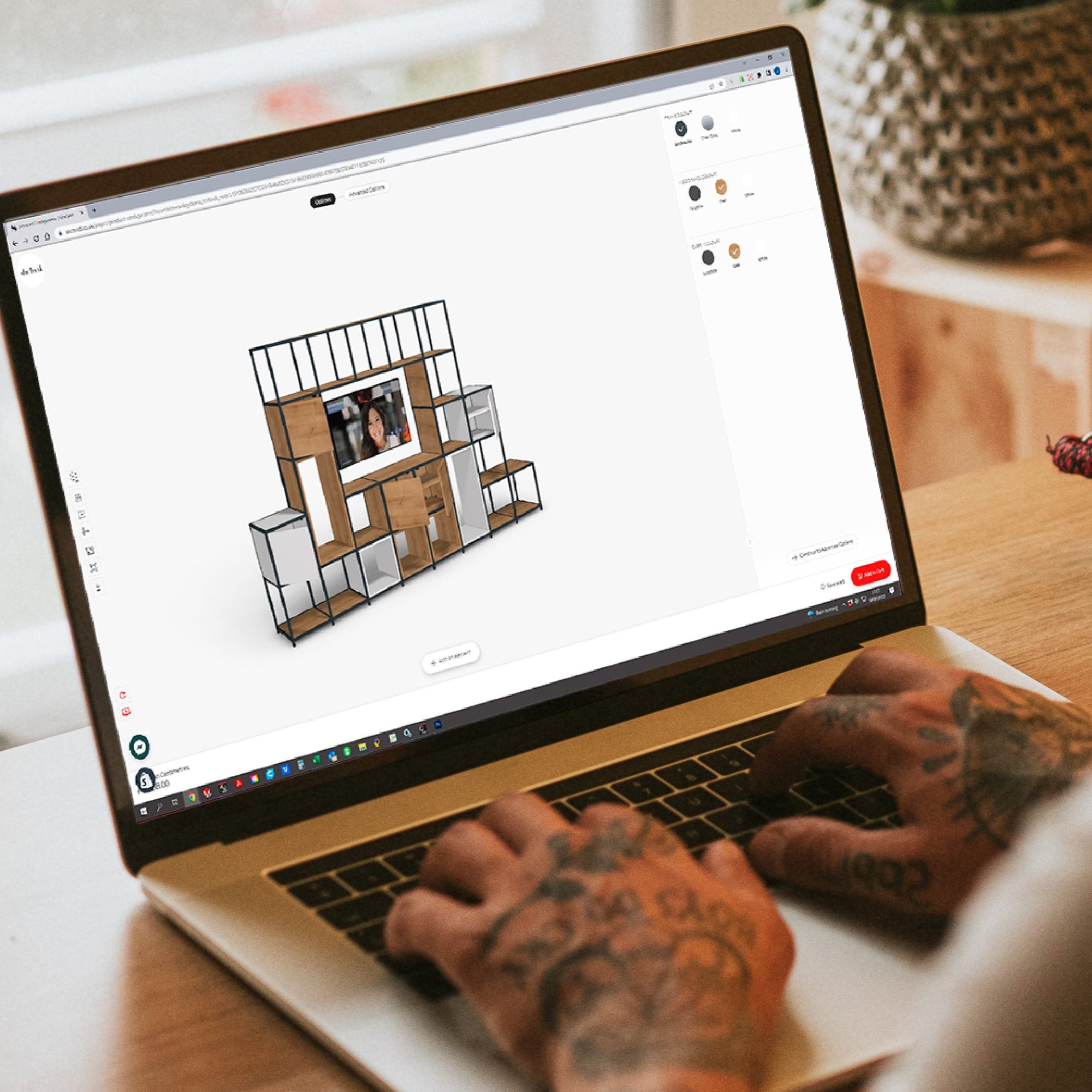Vintage is in. From fashion runways to interior design, there's a growing appreciation for items with a nostalgic charm. This is a ‘trend’ we are happy to support. Gone are the days of fast fashion purchases; instead, shoppers are opting to extend the lifecycle of thousands of products, from fashion to furniture.
If you're a fan of unique vintage finds but are unsure how to integrate them into your home, this blog is for you. We will provide you with everything you need to know about mixing old and new furniture, along with some inspiring ideas to spark your creativity.

Why incorporate old furniture into your space?
Well, there are countless reasons. Firstly, let's be practical - most of us don't have the budget to overhaul all our furniture in one fell swoop. Life often leads us to acquire various pieces over time - hand-me-downs, thrifted treasures, upcycled gems - and that's perfectly normal.
But beyond budget considerations, embracing a mix of contemporary and retro furniture is not only financially savvy but also environmentally conscious. It's a conscious choice driven by a desire to make environmentally responsible decisions. Thrifting has become the preferred option for eco-conscious shoppers, providing a means to reduce waste and minimise environmental impact while all while creating a unique and personal aesthetic for your home.
Vintage furniture adds a layer of character and authenticity to your space. Each piece tells a story; often with quality craftsmanship and a timeless design that transcends trends. Incorporating vintage finds into your home brings a sense of individuality, elevating your home's aesthetic appeal, and creating a space that truly feels like your own.
Where do I start?
Take some time to reflect on your personal taste and the atmosphere you want to create in your home. Do you lean towards a more minimalist, contemporary, vintage, or antique aesthetic, or are you drawn to the vibrant hues and playful patterns of retro design? Understanding your style preferences will guide your search for furniture pieces that resonate with you.
If you're not sure – spend some time researching. Familiarise yourself with the characteristics of each style. Pay attention to how designers have successfully integrated retro and modern elements in their projects. Take note of colour palettes, textures, and furniture arrangements that appeal to you, and consider how you can adapt them to suit your own space.

Embrace Contrast
One of the key principles of mixing retro and new furniture is embracing contrast. Rather than trying to match styles, celebrate the differences between vintage and contemporary pieces. Mix sleek, minimalist pieces with bold, retro accents to create visual interest and dynamism. Contrast can add depth and personality to your space, highlighting the unique characteristics of each furniture style.
Try out the concept of mismatched pieces, an assortment of diverse lamps, or pair an antique coffee table with a modern shelving unit. By intentionally exploring various materials and textures, you'll discover combinations that harmonise on their own.
Don’t forget practicalities
While contrast is important, finding common ground between retro and new furniture can help tie the room together. Look for elements such as colour, texture, or material that bridge the gap between different pieces. Colour plays a big part in creating a cohesive look for your home. For example, integrating throw pillows in a complementary hue or opting for furniture with similar wood finishes can help.
A room full of retro treasures and modern furniture is fun, but it's crucial to prioritise practicality. Your furniture selections should be robust enough for the demands of daily life, making it essential to carefully evaluate their advantages and drawbacks. Maintain a sense of realism and compile a list of your priorities before investing in larger items such as sofas and beds. Achieving a harmonious balance between your stylistic preferences and practical necessities may pose challenges, but the rewards are well worth the effort in the long run.

Layer with Accessories
Accessories play a crucial role in tying together the look of retro and new furniture. Blend different eras and styles of furniture together by utilising accessories. Incorporate vintage-inspired decor such as mid-century lamps, retro artwork, or antique vases to add character and charm to modern spaces. Make sure elements of the room have a nod to both modern and traditional styles, and introduce contemporary accessories like metallic accents, abstract sculptures, or minimalist wall art to freshen up retro-inspired interiors. Keep this concept in mind when choosing key pieces and it’ll help you envision how each part will or won’t work within the room. Smaller decor like table lamps and cushions are great when experimenting, they are easier to switch out than furniture and usually require less financial commitment.
Ultimately, mixing old and new furniture is about expressing your personal style and creativity. Trust your instincts and don't be afraid to take risks. Experiment with different combinations until you find a look that feels authentic and reflects your individuality. Remember, there are no strict rules in interior design, so feel free to let your imagination run wild.

